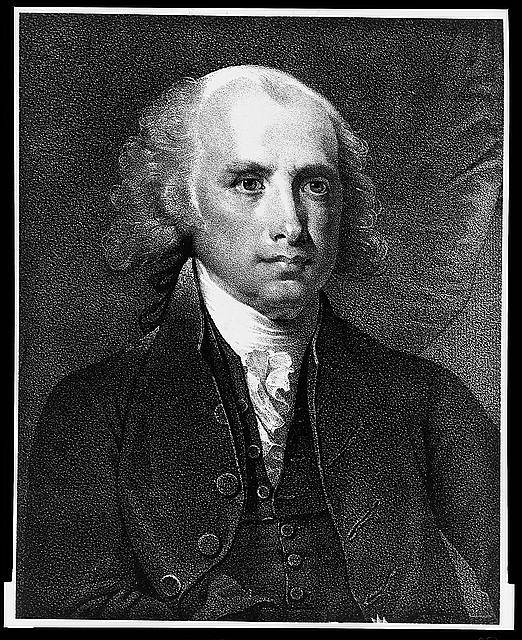-----Original Message-----
From: b <rrdd3939@aol.com>
To: rrdd3939 <rrdd3939@aol.com>
Sent: Wed, Sep 26, 2012 8:07 pm
Subject: Hermes has a Message...
Strange but true: During and prior to WW2, the truth was
From: b <rrdd3939@aol.com>
To: rrdd3939 <rrdd3939@aol.com>
Sent: Wed, Sep 26, 2012 8:07 pm
Subject: Hermes has a Message...
HERMES has a MESSAGE
by Richard DePersio and Citizen Journalist
Strange but true: During and prior to WW2, the truth was
taught in elementary/high schools, colleges, flight training
and aeronautical engineering courses concerning lift and what
keeps a plane in the air. It is inexplicable as to why this
had changed after the war to the present in all but
aeronautical engineering.
Un-true: Misapplication of Bernoulli Principle - Faster
moving air applies a lower perpendicular pressure (called
static pressure) than slower moving air. The wing of a plane
is designed so the air will move slower under the wing,
thereby, created higher pressure than that being applied to
the top. The air on top is moving faster, thereby, generating
less pressure. This enables a plane to stay in the air. Lift
opposes the weight of the plane or the effect of gravity.
True: The wing causes the air to move downward (action)
causing the wing to rise (reaction). Newton's Third Law states
that for every action there must be a reaction. the wing
produces lift by diverting air down. Just like a propeller
produces thrust by pushing air back. The air is shot back
and the plane moves forward. (Thrust opposes drag).
The Bernoulli Principle is only valid in a closed system
such as a tube. Air will mover faster through the narrower
part of the tube and exert less static pressure.The wing is
in an open system (the air is not confined) and, as a result,
the static pressure is the same as the surrounding
environment.
The genius of Galileo...Imagine an inclined - inclined at 40
degrees facing another 40 degree inclined plane. A ball is
placed at a certain height on the first plane. You release the
ball, it will attain the same height on the second plane. Now,
imagine that the second plane is 20 degrees. The ball would
still attain the same height. Galileo reasoned the if the second
plane were flat (180 degrees) that the ball, unable to reach
the desired height, would keep moving in the same direction
and at the same speed (if there were no friction and air
resistance). Newton refined it and it became. Third Law of
Motion.
Around and around...The earth is a sphere and drops about 5
meters in every 8,000 meters or 8 kilometers.* If a ball were
dropped from a height of about 5 meters (from the third floor),
it would take it about a second to hit the ground.Now, let's
imagine that it is thrown horizontally. It still takes a second to
hit the ground (gravity brings it down). It might have traveled,
say, 50 meters. Now, picture this: If it could be thrown so that
on one second it traveled 8 kilometers along, it would have
again dropped the 5 meters, but the earth would have curved
down 5 meters. The ball would still be 5 meters above the
ground. If there were no air creating air resistance and it didn't
hit anything, it would continue traveling at 8 kilometers per
second, dropping 5 meters every second; it would remain 5
meters above the earth's surface.
(Of course, the above is hypothetical not only because
there is air and obstacles but because of the prohibitive
energy requirement. An object orbiting at an altitude of about
300 miles has to move at about 27,000 kilometers an hour. We
guess that an object would have to move in excess of a
100,000 miles. On earth, we have only attained a velocity
25,000 miles {escape velocity; object leaves earth and doesn't
orbit - direct route, usually, we launch at less than that
velocity, placing space probe or spacecraft into a parking orbit
followed by another burn {firing of the engine to generate thrust
or propulsion} to escape - it's cheaper this way}. While it
requires more energy pr thrust to place an object into a higher
orbit, once there it moves slower; higher orbit, slower velocity).
When a plane is cruising -its speed and direction are constant;
thrust = drag, lift = weight. Obviously, planes rise and descend.
You can increase altitude by increasing speed or by raising the
leading edge of the wing (changing the angle of attack). Now,
you're up higher and must reduce speed or lower the wing's
angle with respect to straight and level flight. to achieve cruising
speed at this altitude.
You're in orbit and you want to go to a higher or a lower orbit.
Fire engine: you're speed increases and you move upward.
Gravity slows you down and now you orbiting at the required
speed for this altitude - less than lower orbit. To lower orbit,
turn you spacecraft around and fire engine in direction
opposite to the direction that you are moving. You're moving
too slowly for this orbit and fall. Gravity accelerates you until
your moving at the higher speed of this orbit. Size of thrust
determines how high or low that you go.
*1 kilometer = .6 miles. Citizen Journalist: "We are on our third
attempt in ten years to learn the metric system. All but two
countries have converting from British System to Metric
System - the US is one and Great Britain isn't the other!
Plato: "Good people don't need laws to tell them to act
responsibly while bad people will find away around them."
Hermes: "I hear that you're zipping all over the place like I do.
Plato: "I was at rickcmtsite amongst other venues, the
refreshment was top shelf."
Andy 'Moon River' Williams has passed away.






